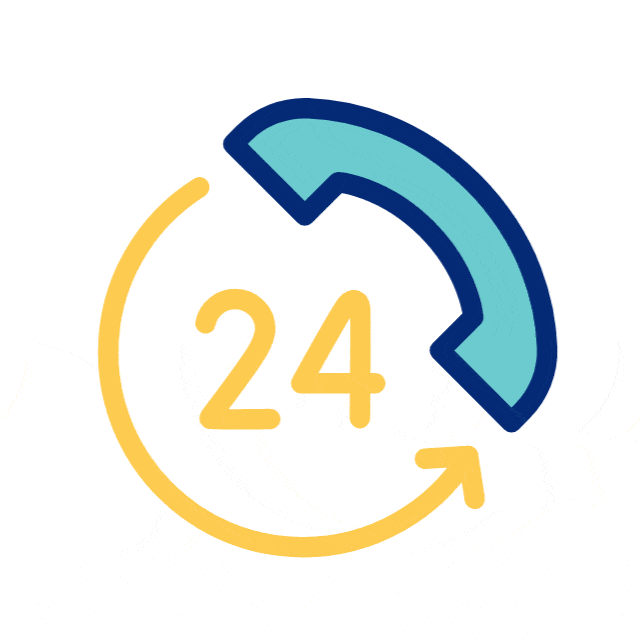Category : Health and you
What do you mean by Snake-bite Envenomation?
Snakebite envenomation is a potentially life-threatening condition caused as a result of toxins in the bite of a venomous snake. Envenomation can also be caused by having venom sprayed into the eyes by certain species of snakes that have the ability to spit venom as a defense measure.
Burden of Snake-bite Envenomation:
According to the World Health Organization approximately 5.4 million people are bitten by snakes each year with half that number occurring in India. An estimated 81,000 to 138,000 individuals succumb to Snake-bite Envenomation with over 46,900 casualties recorded in India alone on a yearly basis. In addition to mortality, some snakebite victims survive with permanent physical damage due to tissue necrosis, ocular damage as a result of spat-venom envenomation, persistent nerve damage and, sometimes, psychological consequences. Because of issues relating to treatment costs, loss of earning capacity and ongoing disability, the economic impact of snakebite can be considerable and is often under-accounted for.
What species of snakes are responsible for Snake-bite Envenomation in India?
In India, the “big four” species are the Indian cobra (Naja naja), the Russell’s viper (Daboia russelii), the Indian saw-scaled viper (Echis carinatus) and the Indian krait (Bungarus caeruleus), although other species are also implicated in many life-threatening bites.
Naja naja (Common Cobra)

Bangurus caeruleus (common krait)

Daiboi Russelli (Russell’s viper)

Echis carinatus (Saw-scaled viper)

Who are at high-risk for Snake-bite Envenomation?
- Rural dwellers, agricultural workers, herders, fishermen, hunters, working children (aged 10–14 years), people living in poorly constructed housing – all people with limited access to education and healthcare.
- Morbidity and mortality occur most frequently among people aged between 10 and 30 years – often the most economically productive members of a community.
- Young children (aged less than 5 years) suffer higher case fatality.
- Women experience increased barriers to accessing medical care in some cultures. Pregnant women, in particular, are extremely vulnerable to the risk of hemorrhage and miscarriage following a venomous snakebite.
What are the markers and symptoms of Snake-bite Envenomation?
Local Markers:
- Presence of Fang Marks
- Inflammation (swelling and redness) around the bite area
- Bleeding from the bite area
- Blister formation and local infection
Systemic symptoms:
General
- Nausea, vomiting, malaise, abdominal pain, weakness and drowsiness
Bleeding Manifestations
- Spontaneous bleeding from nose and oral cavity
- Bleeding from previously healed wounds
- Coughing of blood and vomiting of blood
Neurological
- Drooping of eyelids
- Inability to speak properly
- Difficulty in breathing
- Difficulty in swallowing
What appropriate first aid will you administer for a victim of Snake-bite?
- Reassure the victim
- Immobilize the bitten limb with a splint or sling (take care to avoid applying a tight bandage or tourniquet while splinting)
- Avoid any interference with the bite wound as this may introduce infection, increase venom absorption & local bleeding
- All rings, watches, constricting clothing should be removed
- Place envenomed patients on a makeshift stretcher and transport them to medical care without delay.
What should you NOT do for a victim of Snake-bite?
- Do not apply a tourniquet.
- Do not make cuts or incisions on or near the bitten area.
- Do not use electrical shock.
- Do not freeze or apply extreme cold to the area of bite.
- Do not apply any kind of potentially harmful herbal or folk remedy.
- Do not attempt to suck out venom with your mouth.
- Do not give the victim drinks, alcohol or other drugs
What effective treatments exist for Snake-bite Envenomation?
Administration of the appropriate antivenom is the most effective treatment for life-threatening snakebite. The best response to antivenom is likely when it is administered as soon as possible following a bite, as many of the effects of snake venom are irreversible.
The Anti-Snake Venom (ASV) available in hospitals throughout India is a polyvalent type which is active against the commonly found poisonous snakes in India.
How can we prevent the incidence of Snake-bites?
- Walking barefoot through snake-infested areas is a major cause of snakebite and as many as 80% of all snakebites occur on the legs or feet, below the knee. These could be prevented if people had access to cheap, practical and protective footwear, and were educated to understand the importance of wearing their shoes.
- Cleaning up and keeping the grass short in areas in close proximity to dwellings, along pathways, and in places where children play, are measures that can reduce the likelihood of snakebites.
- Using a light when walking outside at night is essential in areas where some snakes hunt after dark.
- Sealing houses so that snakes cannot enter the dwelling can help to prevent snakebites, but if this is not possible, the simple act of sleeping on a raised platform with a well-tucked in mosquito net can prevent not only snakebites but also mosquito-borne diseases.





